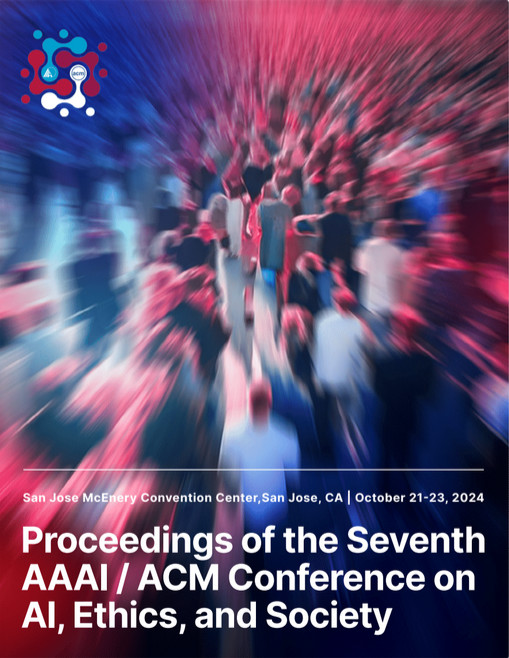Gender in Pixels: Pathways to Non-binary Representation in Computer Vision
DOI:
https://doi.org/10.1609/aies.v7i1.31622Abstract
In the field of Computer Vision (CV), the study of bias, including gender bias, has received a significant area of attention in recent years. However, these studies predominantly operate within a binary, cisnormative framework, often neglecting the complexities of non-binary gender identities. To date, there is no comprehensive analysis of how CV is addressing the mitigation of bias for non-binary individuals or how it seeks solutions that transcend a binary view of gender. This systematic scoping review aims to fill this gap by analyzing over 60 papers that delve into gender biases in CV, with a particular emphasis on non-binary perspectives. Our findings indicate that despite the increasing recognition of gender as a multifaceted and complex construct, practical applications of this understanding in CV remain limited and fragmented. The review critically examines the foundational research critiquing the binarism in CV and explores emerging approaches that challenge and move beyond this limited perspective. We highlight innovative solutions, including algorithmic adaptations and the creation of more inclusive and diverse datasets. Furthermore, the study emphasizes the importance of integrating gender theory into CV practices to develop more accurate and representative models. Our recommendations advocate for interdisciplinary collaboration, particularly with Gender Studies, to foster a more nuanced understanding of gender in CV. This study serves as a pivotal step towards redefining gender representation in CV, encouraging researchers and practitioners to embrace and incorporate a broader spectrum of gender identities in their work.Downloads
Published
2024-10-16
How to Cite
Beretta, E. (2024). Gender in Pixels: Pathways to Non-binary Representation in Computer Vision. Proceedings of the AAAI/ACM Conference on AI, Ethics, and Society, 7(1), 107-119. https://doi.org/10.1609/aies.v7i1.31622
Issue
Section
Full Archival Papers

